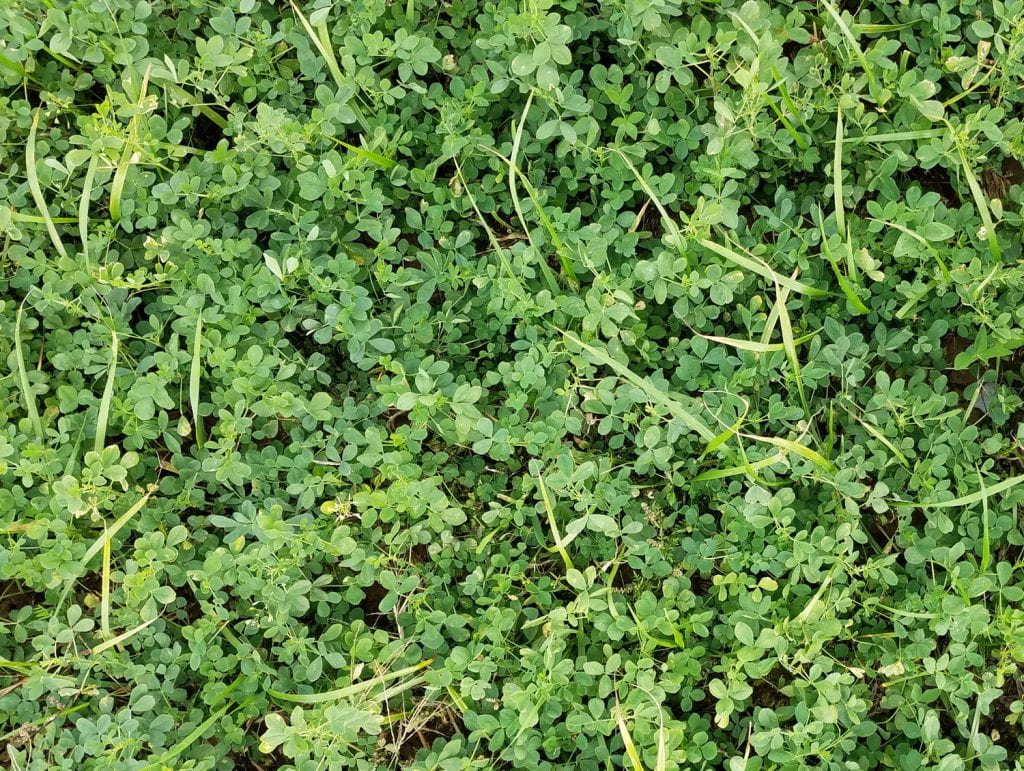
The latest results of research to help regional dairy farmers achieve high quality forage grown as an alfalfa-grass mix are now posted on the Northern New York Agricultural Development Program website under the Research: Field Crops tab at www.nnyagdev.org. The research evaluates the use of perennial meadow fescue varieties developed by European grass breeders.
“Our results continue to show that meadow fescue has great potential in a mix with high quality alfalfa to significantly improve forage quality. However, our data reveals that the grass yield and quality are not consistent across growing environments, highlighting the need for regional testing,” says project leader and Cornell University Animal Science Professor Debbie J.R. Cherney.
More than 120 meadow fescue varieties are certified in Europe; most have not yet been evaluated for yield or quality opportunity in North America. Almost all alfalfa grown in northern New York is seeded with a companion cool-season grass.
To test the meadow fescue varieties in northern New York, Cherney has established trials on four regional farms. Trials at Graceway Farm in Lowville and at Pominville Farms in Croghan were planted in 2018 and 2019 respectively. Trials at Garden of Eden Farm in Philadelphia (NY) and Paluck Farm in Constableville were established in the spring of 2020.
In 2021, the ongoing trials are focused on a specific set of meadow fescue varieties that have shown high fiber digestibility and that are potentially less competitive in a mix with alfalfa. The research goal of these trials is to identify the optimal grass variety selection and grass seeding rate needed to achieve a mix of 20 to 30 percent grass in combination with alfalfa under regional growing conditions.
One farm site with sandy loam that was very dry in summer 2020 showed visible variation in forage growth in the trial plot. Plant height varied by more than 12 inches within a given plot, with sharp lines delineating differences in soil condition.
The forage quality factors being evaluated by this research include crude protein, neutral detergent fiber (NDF), invitro true digestiblity, NDF digestibility, acid detergent fiber, and lignin.
Cherney notes, “With a consistently high crude protein content for alfalfa, the crude protein content of grasses in the mixture is always going to be sufficiently high enough for lactating dairy cattle. Most of the crude protein variation in our test results is due to the range of grass percentages in the mixtures. The less grass in the mix, the higher the crude protein will be in the grass.”
The research team includes Cornell University soil and crop scientist J. H. Cherney, animal science specialist Rink Tacoma-Fogel, Cornell PRO-DAIRY dairy forage specialist Joe Lawrence, and Cornell Cooperative Extension regional field crops specialist Mike Hunter. A collateral study is underway at the University of Vermont; the results of that study will be noted in the final report for this NNYADP project.
Funding for the Northern New York Agricultural Development Program is supported by the New York State Legislature and administered by the New York State Department of Agriculture and Markets.

